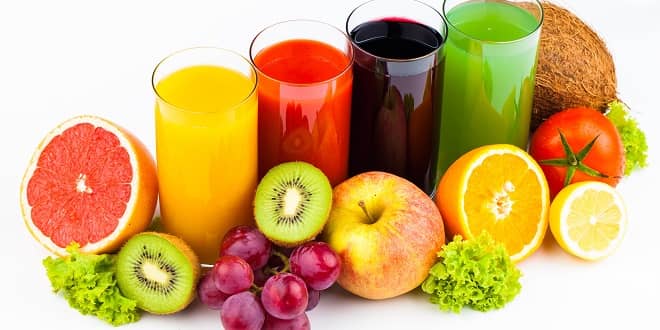Alcoholic Drinks
Rakı: a traditional alcoholic beverage flavored with anise, usually is eaten with mezze, fish, or kebabs. Rakı is commonly consumed with mezze -a selection of hot and cold traditional appetizers- and is especially popular with seafood, together with fresh arugula, white cheese, and melon.
Beer: The most popular beer in Turkey is Efes Pilsen (5.0% ABV), named after the ancient Turkish city of Ephesus near the İzmir brewery. The beer has been described to have a “tangy malt and hops aroma, rich malt in the mouth, and a bitter-sweet finish that becomes dry and hoppy”. Efes also produces Efes Dark, Efes Light, Efes Extra and Marmara.
Türk Tuborg, a subsidiary of the Danish
Carlsberg/Tuborg group, also brews beer in Turkey under the Tuborg name. Danish Carlsberg is also popular in Turkey among other international brands.
Another major brand, Tekel Birası, is known as the oldest producer of beer in Turkey (founded in 1890).
Wine: There are a variety of local wines produced by Turkish brands, such as Kavaklıdere, Doluca, Corvus, Kayra, Pamukkale and Diren, which are becoming more popular.
A range of grape varieties are grown in Turkey. For the production of red wine, the following types of grapes are mainly used: in the Marmara region — Pinot Noir, Adakarası, Papazkarası, Semillion, Kuntra, Gamay, and Cinsault; in the Aegean region — Carignane, Çalkarası, Merlot, Cabernet Sauvignon, and Alicante Bouschet; in the Black Sea region and eastern part of the country – Öküzgözü and Boğazkere; in Central Anatolia — Kalecik Karası, Papazkarası, Dimrit; and in the Mediterranean region — Sergi Karası and Dimri.
As for white wine, the grapes can be listed as follows: in the Marmara region — Chardonnay, Riesling, Semillion, Beylerce, and Yapıncak; in the Aegean region — Muscat and Semillion; in the Black Sea region — Narince; and in Central Anatolia – Emir and Hasandede.
Non-alcoholic Drinks
Ayran: (a salty yogurt drink) the most common cold beverage, which may accompany almost all dishes in Turkey.
Kefir: prepared with kefir grains and milk.
Şalgam suyu: (a mild or hot turnip juice) another important non-alcoholic beverage, which is usually drunken with kebabs.
Non-alcoholic Drinks
Boza: a traditional winter drink, which is also known as millet wine (served cold with cinnamon and sometimes with leblebi- roasted chickpea ).
Sahlep: another favorite in winter (served hot with cinnamon). Sahlep is extracted from the roots of wild orchids and may be used in Turkish ice cream as well. This was a popular drink in western Europe before coffee was brought from Africa and became popular.
Turkish coffee: Turkish coffee is a world-known coffee which can be served sweet or bitter. In Turkish, there is a saying that emphasizes the importance in Turkish culture of offering a cup of coffee to someone: “a cup of coffee has a 40-year consideration”. It is coffee prepared by boiling finely powdered roast coffee beans in a pot (cezve), possibly with sugar, and serving it into a cup, where the grounds settle. The name ‘Turkish coffee’ describes the method of preparation, not the raw material; there is no special Turkish variety of the coffee bean. It is common throughout the Middle East, North Africa, Caucasus, the Balkans, and their expatriate communities and restaurants throughout the rest of the world.
Mırra : Mırra is a traditional type of bitter coffee prepared in the Urfa and Mardin provinces of Turkey, as well as in some Arab countries. It is sometimes correctly referred to as Arabic coffee because the name is derived from Arabic mur meaning bitter. Because it is very bitter and dark, it is served in tiny cups without handles, similar in size to Italian espresso cups.
The coffee beans for Mırra are common coffea arabica coffee beans, which are roasted twice in order to give it its bitter taste. They are ground so that they are still grainy, unlike Turkish coffee , which is more like a powder. The coffee is poured into a narrow-topped small boiling pot called cezve, and water is added, mostly accompanied by some cardamom in order to give it a more aromatic flavor. Mırra is boiled a couple of times until a thick dark liquid remains.
In order to serve Mırra, it is poured into another copper cezve and the person serving it fills the cup halfway and hands it over to the guest, who after drinking it returns the cup in order to be filled halfway again and hands it over to the next guest. So, the cup is circulated among the guests. One is always supposed to hand back the cup to the person serving after finishing. Otherwise, one will have to fill the cup up with gold, marry the person serving, help her/him get married or buy her dowry.
…

